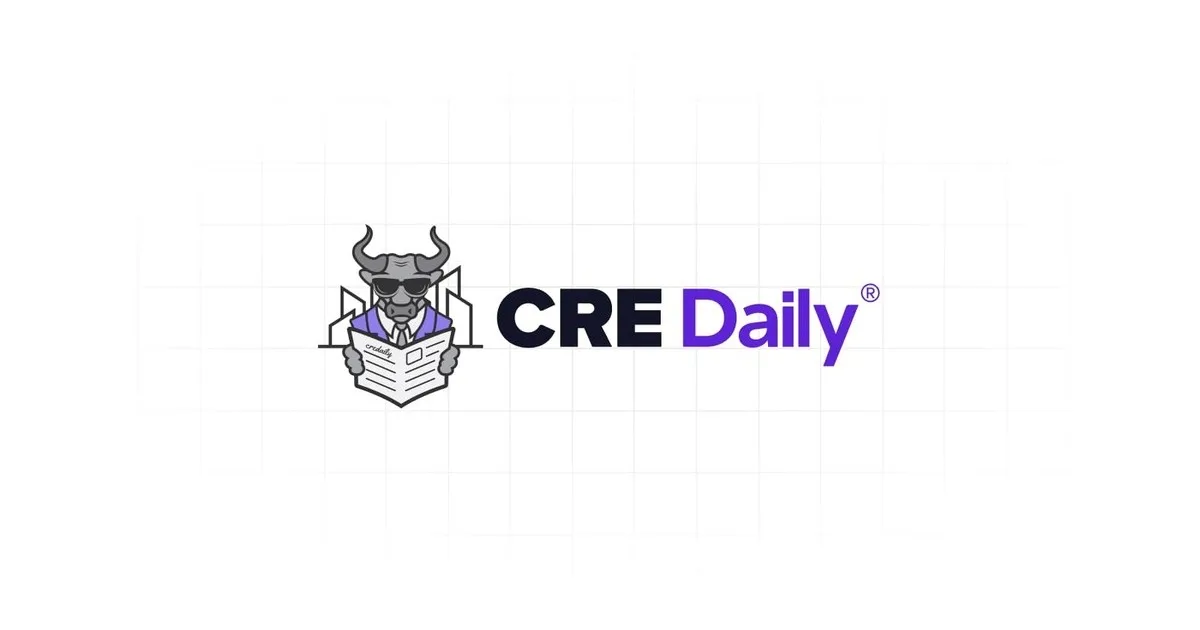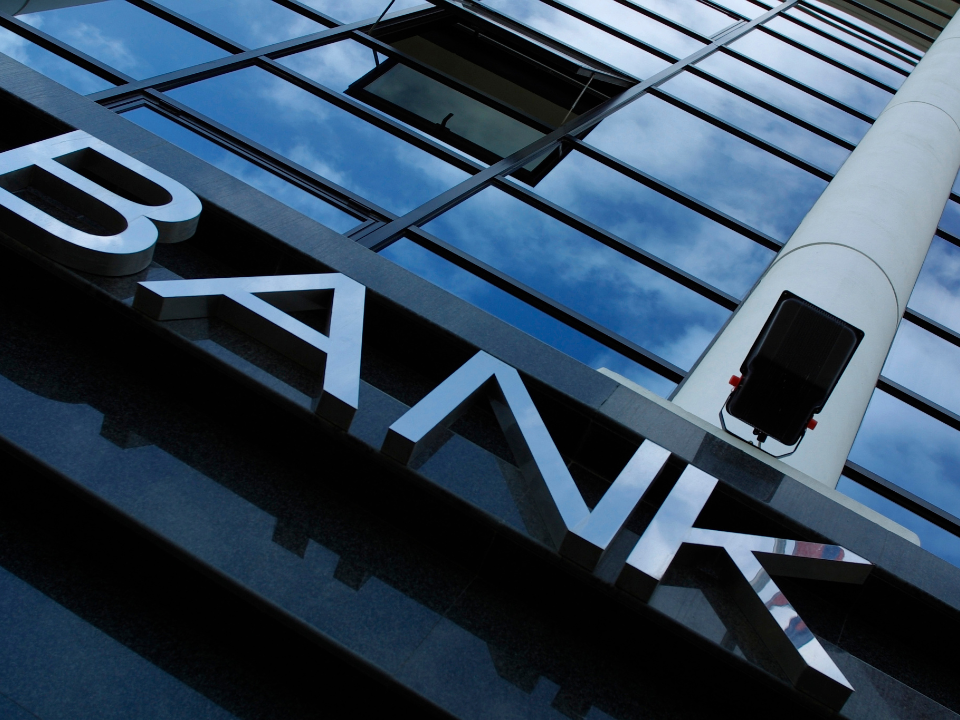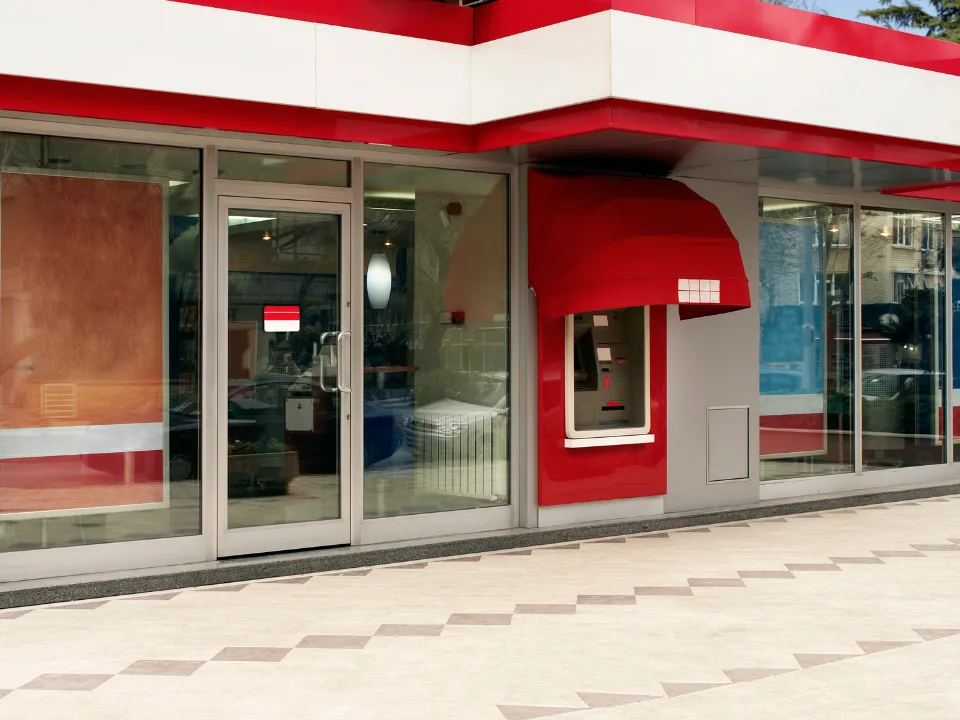- Demand for commercial and industrial loans fell sharply, especially from large and medium-sized businesses.
- Banks reported softer demand for consumer credit cards and auto loans, with more stringent lending terms.
- So far, the Fed’s rate cuts have had a relatively limited impact, raising questions about the agency’s future easing strategy.
According to Reuters, a new Federal Reserve survey shows that U.S. banks reported weaker demand for loans across business and consumer segments in Q3.
Demand Softens
Notably, the net share of banks reporting stronger demand for commercial and industrial loans fell to -21.3% for large and medium businesses, while demand from small firms dropped to -18.6%.
This marked a significant decline from zero in the previous quarter, indicating hesitancy to take on new loans even amid the recent rate cuts.
The demand for consumer loans, including credit cards and auto loans, also dipped. The net share of banks reporting stronger credit card demand fell to -2.1%, down from 2.0% in Q2, while auto loan demand slid further to -12.8%.
Tightened terms were also reported for auto loans, reflecting rising cautiousness in consumer lending.
An Easier Path
The Fed’s efforts to stimulate borrowing through rate cuts, including a recent reduction bringing rates to 4.50–4.75%, haven’t yet sparked the anticipated increase in demand. The survey results suggest banks are cautious, especially with business loans, tightening terms for small businesses and commercial real estate amid uncertain economic conditions.
While Fed Chair Jerome Powell hinted at a more careful approach to further rate cuts, banks remain conservative, with ongoing concerns about potential inflationary pressures under renewed fiscal policies anticipated from Donald Trump’s recent re-election.
Get Smarter about what matters in CRE
Stay ahead of trends in commercial real estate with CRE Daily – the free newsletter delivering everything you need to start your day in just 5-minutes
Economic Outlook
According to Nationwide’s Oren Klachkin, banks are “slowly turning the corner” on lending, but they’re far from easing credit broadly. While the Fed’s actions may offer modest economic support, loan demand isn’t expected to provide a significant boost.
As inflation concerns and higher market-based rates loom, the impact of the Fed’s rate cuts may be limited, potentially curbing broader economic growth through credit expansion.

















